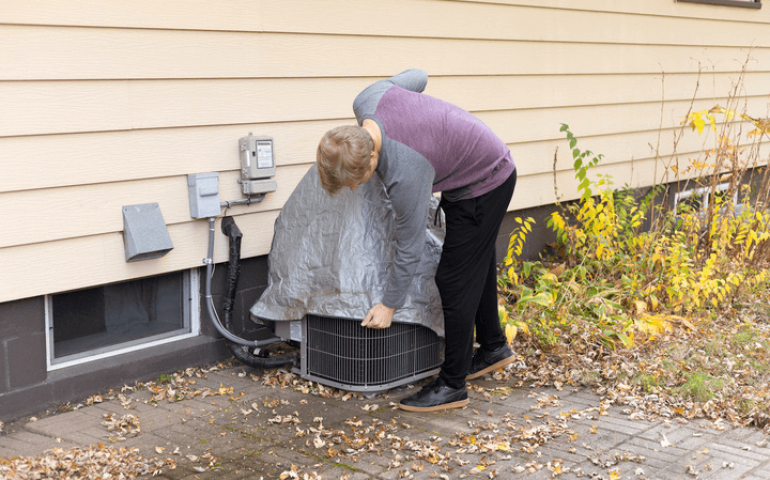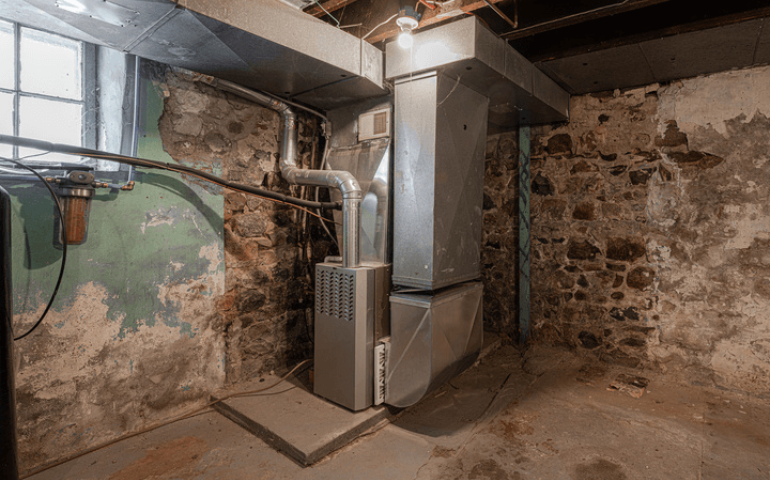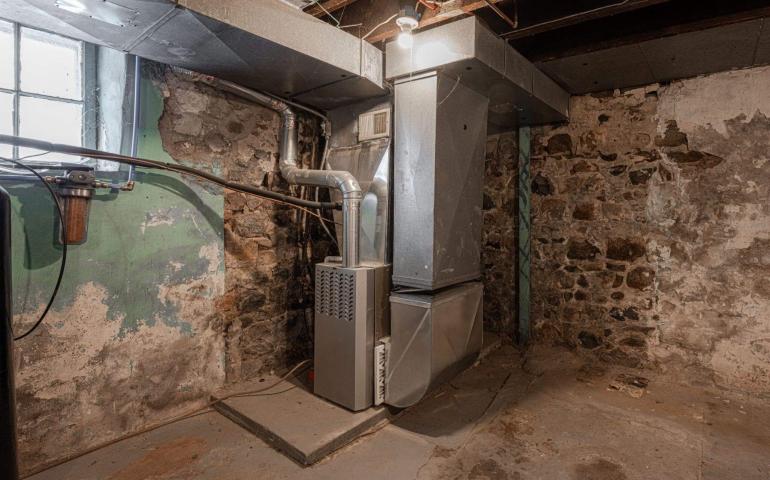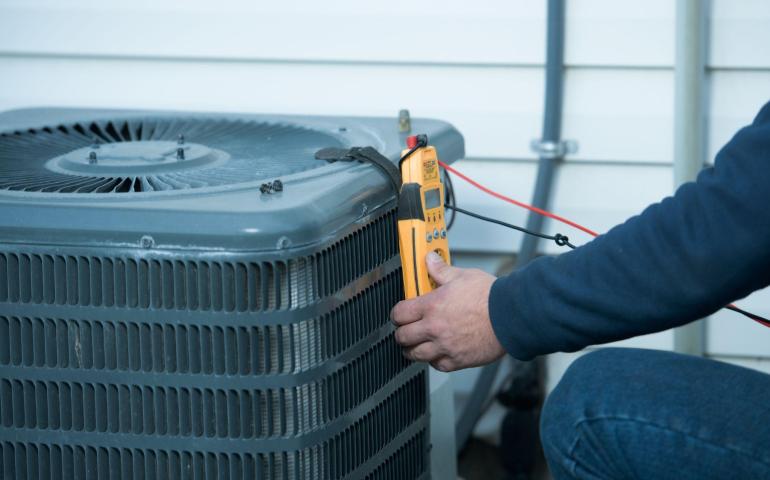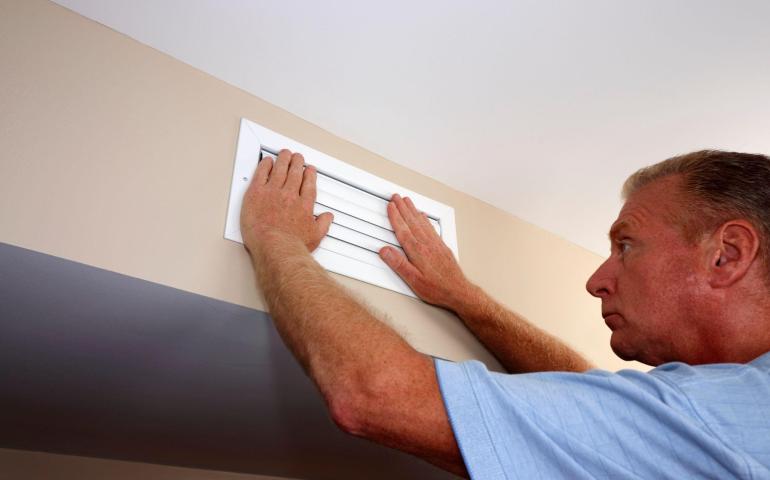Indoor air quality has remained a significant problem in many homes. Sometimes the air we breathe can be more dangerous than the air outside our house, making it essential to know how indoor air quality is measured. We will discuss the factors that contribute to poor indoor air quality and how you can measure your indoor air quality at home!
Sources of Indoor Air Quality Problems
Radon gas
Radon is a naturally occurring radioactive gas. It forms from the natural decay of uranium in soil and rock and can seep into homes through cracks in foundations or sump pumps.
Carbon monoxide
Carbon monoxide is a colorless, odorless gas that results from incomplete combustion through heating sources such as fireplaces and furnaces. If you smell a "rotten egg" odor in your home, chances are it's coming from an outside gas source.
Volatile Organic Compounds
Volatile Organic Compounds (VOCs) are chemical substances that evaporate quickly and efficiently into the air, causing an indoor air quality problem. Many household products contain VOCs, including paint, cleaners, perfumes, candles, et cetera. After these chemicals are vaporized into your home's air, they can mix with gases like radon and carbon monoxide.
Methods for Measuring Indoor Air Quality
Carbon Monoxide Test Kit: Carbon Monoxide is a hazardous gas that can enter your home undetected, especially if you have any heating appliances in use. To measure the amount of CO in your home, you can purchase a CO test kit from local stores like Home Depot and Lowes.
Air Quality Monitor: If the above test comes back negative for CO, a carbon monoxide detector will effectively detect indoor air pollution, which involves any gases or vapor that contribute to poor quality indoor air. When buying an air quality monitor, be sure to choose one with a digital display and alarm for your convenience. Even monitors can measure several common household gases, ranging from humidity levels, radon gas, VOCs, and more.
Duct Calculator: If you suspect your home's air ducts have been damaged by water or insects, you may consider having them checked by an HVAC professional. You can also run a duct calculator and check for potential problems yourself.
Contact Us Today
If you would like to know more about measuring your indoor air quality, contact us today, and our professional team can answer any questions you may have!


